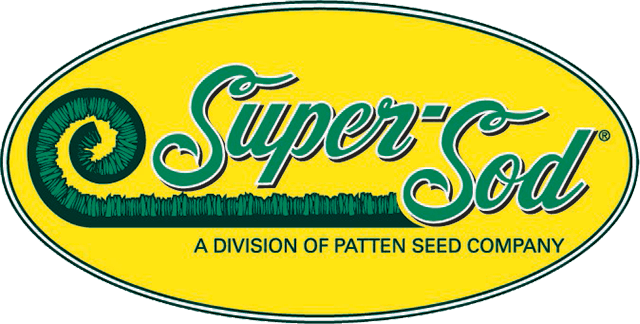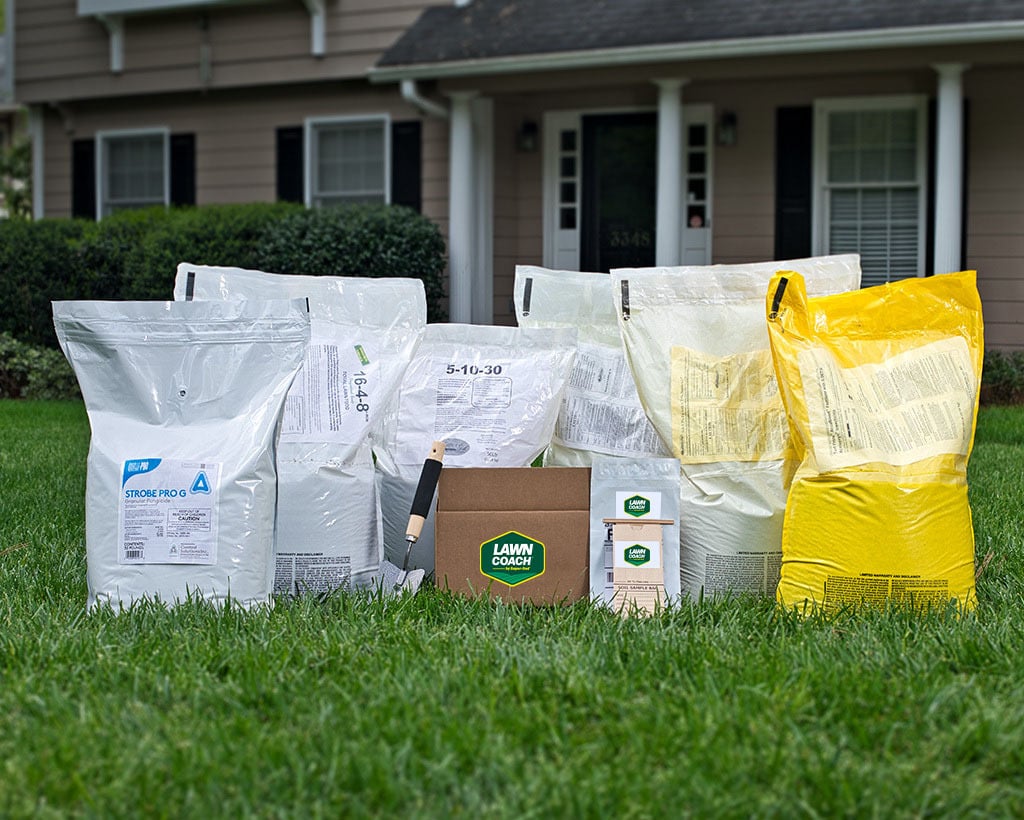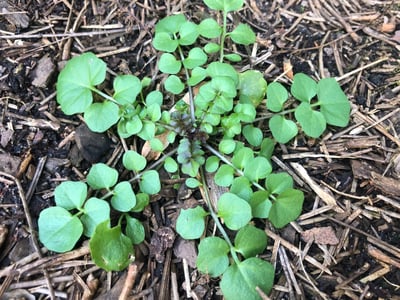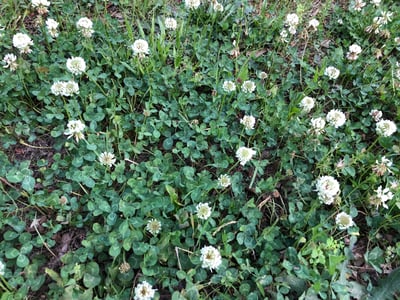

How to Get Rid of Dead Nettle & Henbit Weeds
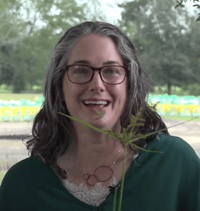

🐓 Why did the chicken cross the road?
To get to the henbit! 😀
This month we have twins! April's featured weeds are Lamium purpureum (dead nettle) & Lamium amplexicaule (henbit).
In weed parlance, twins are called "look-alikes." It's important to know about look-alikes in case one is poisonous, so you can identify the differences. In this case, both featured weeds are edible.
Viewing Tip: Increase the volume and the playback speed according to your preferences. Volume control is the speaker icon on the lower left; playback speed is the gear button on the lower right.
Dead Nettle and Henbit ID Features:
To control dead nettle and henbit, we first need to learn how to identify them.
- Lamiums have square-shaped stems - take a close look or rotate the stem between your fingers and you'll feel the squared off angles
- Flowers on both are small and have the same "hooded" shape. The differences:
Dead nettle flowers: lavender flowers
Henbit flowers: purple flowers - Leaves:
Dead nettle leaves: young leaves are heart shaped and gray-green while older leaves are triangular and turn purple. The leaves attach to the stem with a petiole.
Henbit leaves: young leaves have a petiole, but older leaves are fan shaped with ruffled edges and they clasp to the square stems without a petiole - this is one of the key ID features. - See more pictures of common Lamium weeds on the NCSU Extension webpage for Lamium
These two annual winter weeds are all over the place and getting big fast. They will die back as it gets warm out and will resprout from seed in the autumn. There's probably a lot of this in your neighborhood as they love disturbed soils.
Dead nettle (left) & henbit (right)

Both dead nettle and henbit are early sources of nectar for bees. He's a bee that was flitting from dead nettle to henbit in my garden in March.

Eat it or Treat it - How to Control Dead Nettle and Henbit
Lamiums are edible weeds in the mint family that also provide early spring pollen foraging for bees and other pollinator insects. If you choose not to include it at your table, there are three paths for eradication:
Dead Nettle & Henbit Prevention:
- In September spread pre-emergent herbicide to prevent germination of winter weeds, such as henbit, dead nettle, poa, chickweed, hairy bittercress, and all the winter weeds. Come by or order products online.

- It is easy to prevent with thick layers of mulch or by cultivating a thick, healthy lawn.
Manual Removal of Dead Nettle & Henbit:
- Hand pull - they are getting rather large and will take up some dirt with them as you pull them, but they are easy to pull and clear out large areas with a little dedicated effort.
- Mow to keep larger plants from going to seed.
Chemical Control of Dead Nettle & Henbit:
- It is easy to kill with post-emergent herbicide for broadleaf weeds. Come by for products or sign up for Lawn Coach.
Dead Nettle Weed
Classic ID feature: the upper leaves of older dead nettles turn purple. Intertwined you'll see Carolina geranium leaves (the palm-shaped ones), so don't let those confuse you.
Henbit Weed
There are some look-alikes that are similar in leaf to henbit, but very different in flower; such as speedwell that has blue flowers. Intertwined with henbit in this picture is an annual vine called vetch, so don't let that weed with pinnately compound leaves throw you off.
Questions? Leave a comment below.
If you're a weed aficionado like me, check back here for future weed profiles. Until then, happy weeding!
All pictures by Hillary Thompson.

